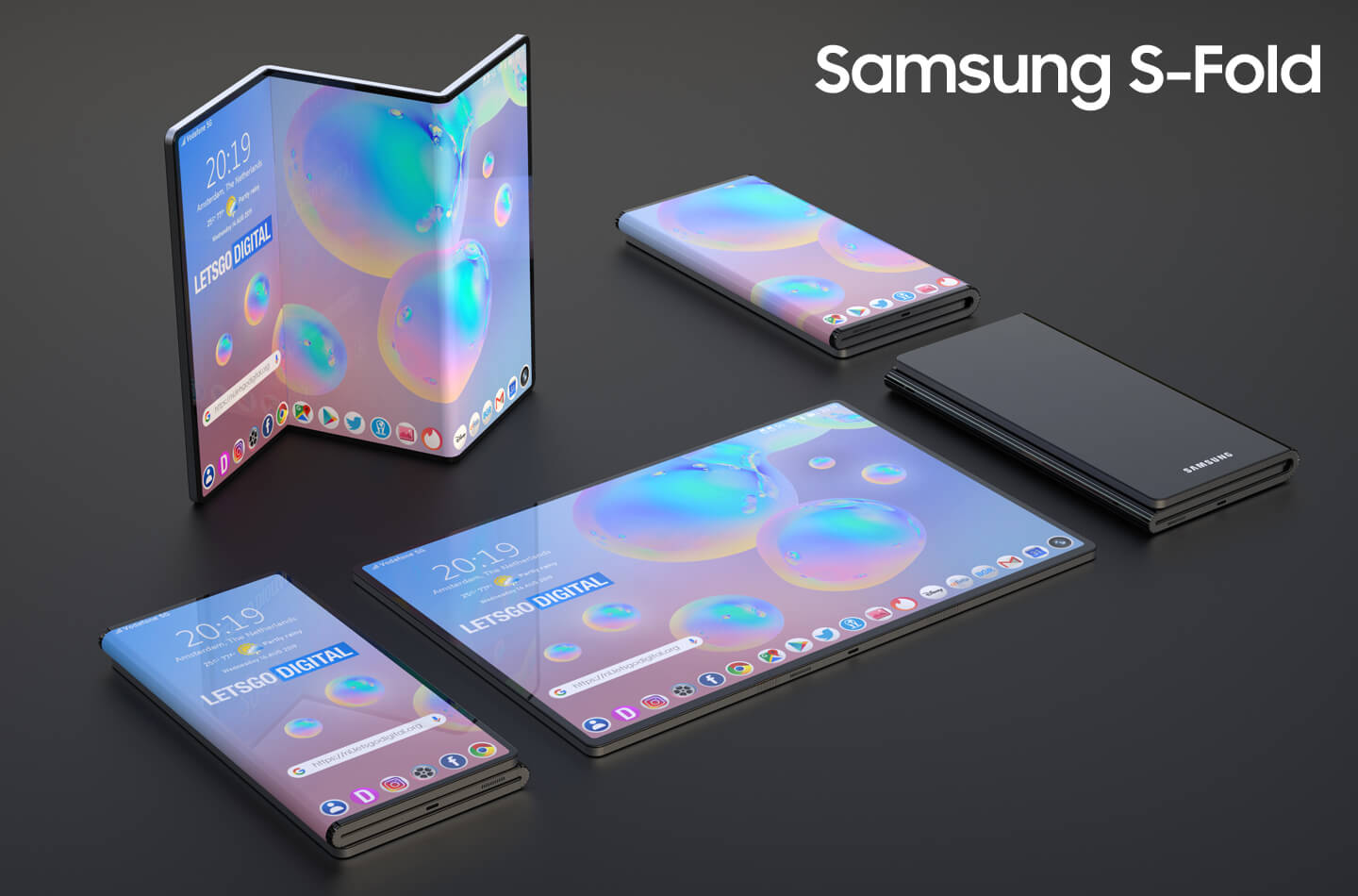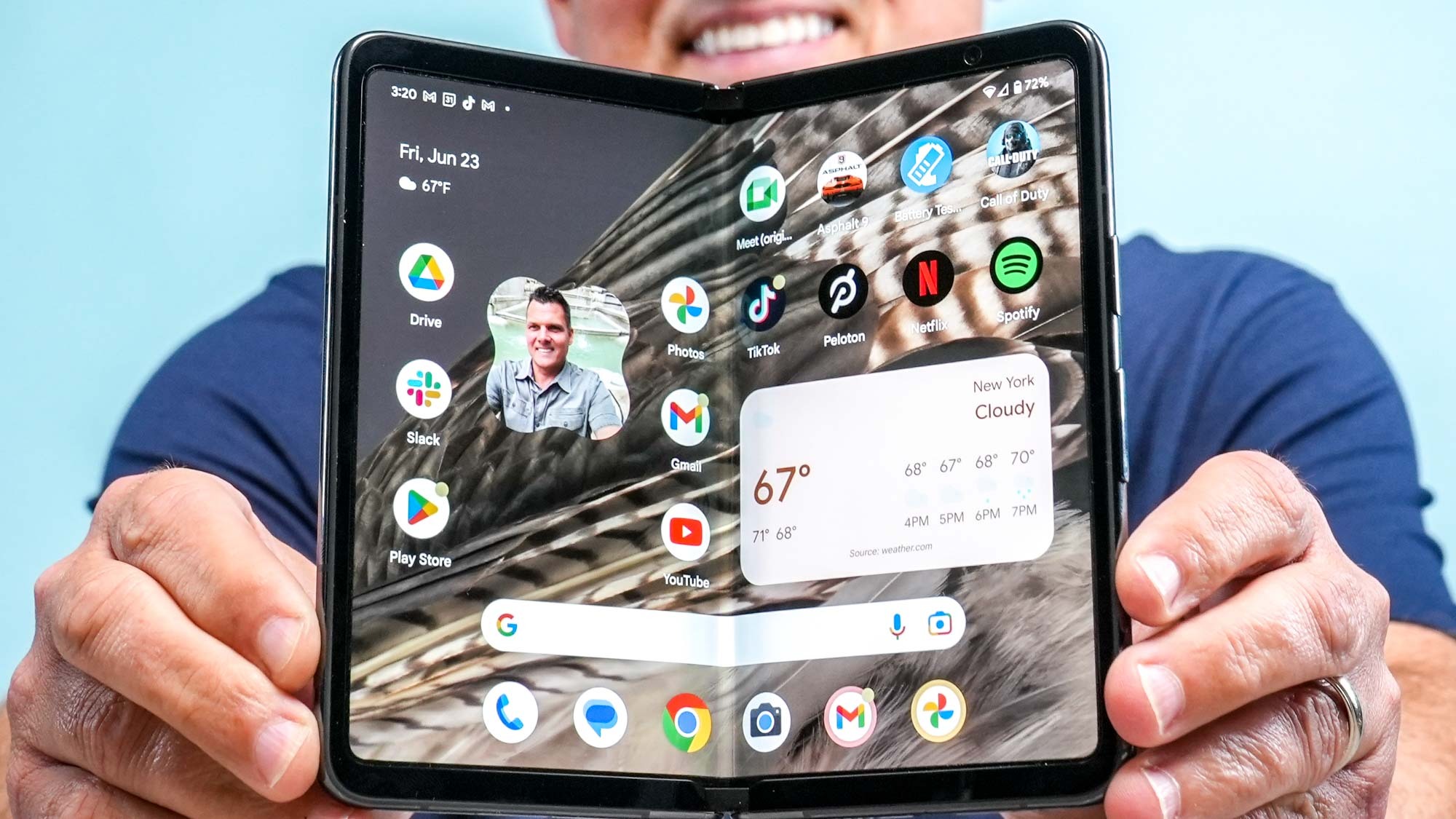
Foldable Phones in 2025: A Review Landscape Taking Shape
The foldable phone market, once a futuristic concept, has steadily evolved from an expensive novelty into a more accessible and compelling option for tech enthusiasts and early adopters. As we approach 2025, the landscape of foldable phones is poised for further transformation. This review examines the anticipated trends, expected improvements, and key players shaping the foldable phone market in 2025, offering a glimpse into the devices that may define the next generation of mobile technology.
The Trajectory of Foldable Technology: A Brief Recap
Before diving into the expected state of foldable phones in 2025, it’s essential to understand how the technology has matured in recent years. The initial foldable phones, such as the Samsung Galaxy Fold, were groundbreaking but plagued by issues like fragile displays, prominent creases, and high prices. Over time, manufacturers have refined the designs, materials, and manufacturing processes, leading to more durable, sleek, and user-friendly foldable devices.
The primary categories of foldable phones that have emerged include:
- In-folding phones: Devices like the Samsung Galaxy Z Fold series fold inward, protecting the primary display when closed.
- Out-folding phones: The Huawei Mate X series features displays that wrap around the exterior of the device, offering a seamless screen experience but raising concerns about durability.
- Flip phones: Inspired by the clamshell phones of the past, devices like the Samsung Galaxy Z Flip series fold vertically, offering a compact form factor when closed.
Key Improvements Expected by 2025
Several key areas are expected to see significant improvements in foldable phones by 2025:
-
Display Technology:
- Crease Reduction: The most noticeable issue with foldable phones has been the crease that forms along the fold line. By 2025, advancements in display materials, hinge designs, and manufacturing processes should lead to a substantial reduction in crease visibility. Expect to see more seamless and visually appealing displays.
- Durability: Early foldable phones were notorious for their fragile displays, prone to scratches and damage. Future foldable phones will likely employ ultra-thin glass (UTG) technology that is more scratch-resistant, durable, and less prone to damage from everyday use.
- Brightness and Color Accuracy: To compete with traditional smartphones, foldable phones need to offer comparable display quality. Expect improvements in brightness, color accuracy, and HDR support to provide a more immersive viewing experience.
-
Hinge Mechanisms:
- Durability and Smoothness: The hinge is a critical component of foldable phones, and its design directly impacts the device’s durability and user experience. By 2025, expect to see more robust hinge mechanisms that can withstand a greater number of folds and provide smoother, more seamless transitions between folded and unfolded states.
- Gap Reduction: The gap between the two halves of the device when folded can be a source of concern for dust and debris ingress. Future hinge designs will likely minimize this gap, improving the device’s overall durability and aesthetic appeal.
- Variable Angle Support: Some foldable phones already offer the ability to hold the device at various angles, allowing for hands-free video calls or content creation. By 2025, this feature is expected to become more widespread, with hinges that offer greater stability and flexibility.
-
Software and User Experience:
- App Optimization: One of the challenges with foldable phones is ensuring that apps are properly optimized for the unique form factor and screen ratios. Expect to see continued improvements in app compatibility and optimization, with developers taking advantage of the expanded screen real estate.
- Multitasking Capabilities: Foldable phones offer a natural advantage for multitasking, allowing users to run multiple apps side-by-side. Future software updates will likely enhance these capabilities, with features like drag-and-drop functionality, improved window management, and seamless app transitions.
- User Interface Customization: To cater to individual preferences, foldable phones will likely offer more extensive customization options, allowing users to tailor the user interface and functionality to their specific needs.
-
Performance and Battery Life:
- Processing Power: Foldable phones in 2025 will likely be powered by the latest and most advanced processors, ensuring smooth performance and responsiveness, even when running demanding apps or multitasking.
- Battery Optimization: Balancing performance with battery life is crucial for foldable phones. Expect to see advancements in battery technology and software optimization to extend battery life, allowing users to get through a full day of use without needing to recharge.
- Fast Charging and Wireless Charging: Fast charging and wireless charging capabilities will become standard features on foldable phones, providing convenient and efficient ways to replenish the battery.
-
Design and Aesthetics:
- Slimmer Profiles: Early foldable phones were often bulky and cumbersome. By 2025, expect to see foldable phones with slimmer profiles and more refined designs, making them easier to carry and use.
- Material Innovation: Manufacturers will likely explore new materials and finishes to enhance the aesthetic appeal and durability of foldable phones. Expect to see devices with premium materials like ceramic, carbon fiber, and advanced alloys.
- Customization Options: To appeal to a wider audience, foldable phones may offer more customization options, allowing users to personalize the device with different colors, finishes, and accessories.
Key Players and Their Expected Offerings in 2025
-
Samsung:
- Samsung has been at the forefront of the foldable phone market, and they are expected to continue to innovate and refine their Galaxy Z Fold and Z Flip series.
- By 2025, expect to see Samsung foldable phones with even more durable displays, improved hinge mechanisms, and enhanced software features.
- Samsung may also explore new form factors and designs, potentially introducing devices with larger or smaller screens, or even foldable tablets.
-
Huawei:
- Despite facing challenges in the global market, Huawei has continued to develop innovative foldable phones.
- By 2025, expect to see Huawei foldable phones with advanced camera systems, powerful processors, and unique design features.
- Huawei may also focus on developing foldable phones with enhanced 5G connectivity and AI capabilities.
-
Google:
- Google’s entry into the foldable phone market with the Pixel Fold has been highly anticipated.
- By 2025, expect to see Google continue to refine the Pixel Fold, with improvements to the display, hinge, and software.
- Google’s expertise in software and AI could lead to unique features and capabilities that differentiate their foldable phones from the competition.
-
Apple:
- Apple has been rumored to be working on a foldable device for several years, and their entry into the market could significantly impact the landscape.
- By 2025, Apple may finally unveil their first foldable device, which is expected to be a premium offering with advanced features and a seamless user experience.
- Apple’s foldable device could be a game-changer, potentially setting new standards for design, performance, and software integration.
-
Other Players:
- Other manufacturers like Xiaomi, Oppo, and Vivo are also expected to continue developing and releasing foldable phones.
- These companies may focus on offering more affordable foldable options, making the technology accessible to a wider audience.
- Expect to see a diverse range of foldable phones from these manufacturers, with different form factors, features, and price points.
Potential Challenges and Considerations
While the future of foldable phones looks promising, several challenges and considerations remain:
- Price: Foldable phones are still significantly more expensive than traditional smartphones, which could limit their adoption.
- Durability: Ensuring the long-term durability of foldable phones remains a challenge, especially with regards to the display and hinge.
- Software Optimization: Optimizing apps and software for foldable phones is crucial for providing a seamless user experience.
- Form Factor: Finding the right form factor that balances portability, usability, and durability is essential for foldable phones to succeed.
Conclusion
The foldable phone market is poised for significant growth and innovation by 2025. With advancements in display technology, hinge mechanisms, software optimization, and design, foldable phones are expected to become more durable, user-friendly, and accessible. Key players like Samsung, Huawei, Google, and Apple are expected to drive innovation and competition in the market, offering a diverse range of foldable devices with different form factors, features, and price points.
While challenges remain, the future of foldable phones looks bright. By 2025, these devices could become a mainstream option for consumers who are looking for a versatile and innovative mobile experience.
